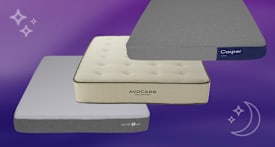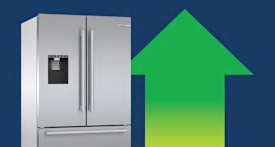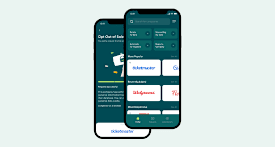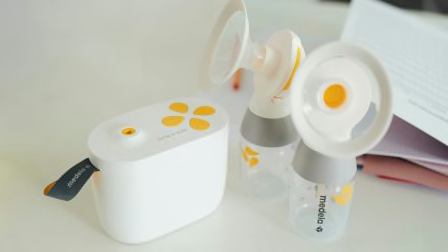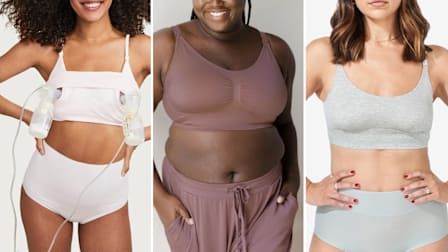How to Get Insurance to Pay for Your Breast Pump
It isn't as difficult as you might think. Here's a step-by-step guide.
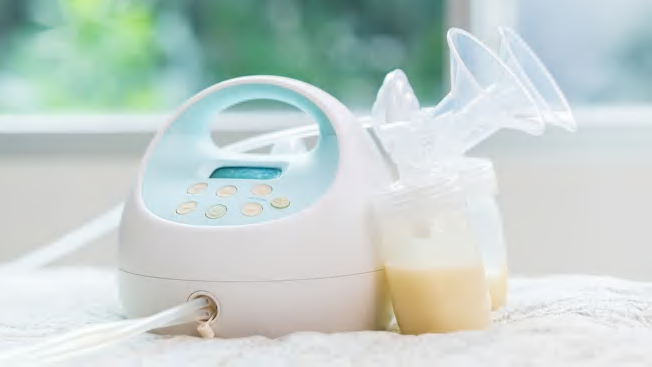
When Sonia Gupta, a Jersey City, N.J., mom of two and a product marketing team leader at CR, had her first baby in 2013, she paid out of pocket—about $200—for a breast pump.
But she didn’t have to. Since August 2012, the Affordable Care Act has mandated that private insurance companies provide free breast pumps to pregnant people and new parents who are nursing. But nobody told Gupta. “It definitely wasn’t the norm,” she says, adding that her first experience with breastfeeding and pumping turned out to be tougher than she expected. “I was a nervous wreck,” she says. She settled for a pump that, in retrospect, wasn’t the right one to support her breastfeeding needs.
How Do You Get a Breast Pump That’s Covered by Insurance?
Your first step—and admittedly, it’s not the fun part—is to call your insurance provider to make sure you’re eligible. Every plan is different, and every plan has different rules. According to the Department of Agriculture, the best way to find out what’s covered is to call your insurance provider before you have your baby. Because coverage varies widely, it’s important to understand the specific benefits your insurance offers.
After you’ve verified that you’re eligible through your insurance provider, your next step is usually to request a prescription from your OB/GYN or physician. “Most insurance plans require a prescription and sometimes additional documentation for coverage of a breast pump,” notes Jennifer Jordan, a vice president at Aeroflow Breastpumps.
Once you’ve gotten your prescription and your coverage details and you’re ready to order your breast pump, you may have several options. Your insurance carrier might have a list of preferred suppliers (such as this example from Aetna) or it may provide a list of covered breast pumps it will provide reimbursement for. A growing list of suppliers, including Aeroflow, Babylist Health, Yummy Mummy, will navigate the insurance hurdles on your behalf. Some even take care of securing your doctor’s prescription for you if needed, so all you have to do is supply some basic information, pick out an approved pump, and submit the request. From there, the suppliers will verify your benefits, tell you which pumps and supplies you’re eligible for, and take care of ordering and shipping the breast pump to you.
“In some cases, we are able to verify your information almost instantly, allowing you to select your breast pump the same day,” Jordan says. But the pump might not show up as fast as your last Amazon or Target delivery did. “Due to varying guidelines between providers, your pump may ship as soon as we receive a prescription or it may not ship until 30 days prior to your due date. In less common instances, proof of birth is required, where your pump will then arrive just after you’ve had your baby.”
While different insurance plans cover breast pumps at different times during pregnancy, Jordan recommends requesting one before your third trimester so that there’s plenty of time before your baby arrives (especially if the baby wants to show up early).
Getting a Breast Pump Through Insurance, Step by Step
Here’s a quick look at the entire process. To determine the exact steps for your plan, call your insurance company.
Verify eligibility. Call your insurance provider to verify what’s covered, which pumps are offered, and when you can order.
Get a prescription. Ask your healthcare provider for one
Choose a supplier. Your insurance provider may work with certain suppliers or you can use a supplier that handles paperwork and shipping for you.
Submit your prescription to your supplier. In some cases, the supplier can obtain and process a prescription on your behalf.
Select your pump. Follow the directions from the supplier to select a breast pump from your covered options.
Get your free breast pump. It might be shipped immediately or it might take several weeks, depending on insurance and other factors. It’s best to get the process started early!
What Else Insurance Might Cover
It’s not just the pump. Your insurance should also cover specific necessary supplies for the breast pump you choose. “Every insurance company generally has two or three pump options,” says Amber Patterson, a case coordinator at All Families Surrogacy and former surrogate. “Your insurance should also cover milk storage bags, new breast pump flanges, and hose lines (if applicable).”
Patterson wants gestational carriers and surrogates to know that they’re also eligible for breast pumps under insurance. “Many times you can obtain a pump directly through your OB clinic using your insurance and can walk out with a pump after an OB visit,” she says. “If a woman qualifies, WIC may also be able to assist in providing a pump. If those options don’t pan out, your local La Leche League can be a valuable source of information.”
Insurance covers breastfeeding support as well. For example, new parents may be able to access free lactation services as part of their benefits through groups like The Lactation Network.
If you meet any obstacles along the way regarding coverage, C.L. Mike Schmidt, a lawyer at Schmidt & Clark LLP in Washington, D.C., says “you may want to check if your plan is classified as ‘grandfathered’ under the ACA, which could exempt it from certain requirements.” If that isn’t the case, you can submit an appeal through your insurance provider, and if you need more help, you should reach out to your state’s Department of Insurance or Consumer Assistance Program.
“An important consideration is that, regardless of your insurance policy, the ACA prohibits charging a deductible or copay for a breast pump,” Schmidt says. “This law is designed to make breast pumps more accessible.”
It’s worth noting, too, that certain types of pumps or supplies aren’t typically eligible. “Usually, on-the-go pump options are not models that are coverable,” Patterson says, “and you might pay extra for a storage bag or extra supplies.”
Making the Most of Your Breast Pump Coverage
For some people, two pumps are more helpful than one. You may need a hospital-grade electric breast pump to get the most suction and power as you’re establishing your milk supply and a portable pump that’s more discreet, such as the popular portable options, Elvie or Willow. Experts say that while your primary breast pump shouldn’t be a wearable one, wearable breast pumps are great for date night or relieving pressure, or for people who might want to pump while working.
Consider using insurance for whichever pump is the most expensive. That can free up your money to buy an extra supplementary pump if needed, such as the Medela option Sonia Gupta picked, which she calls her “backpack” pump for on the go.
A Final Note of Encouragement
I’m a mom of five myself, and I’ve seen friends and family stress out about breastfeeding and pumping more than anything else in the perinatal journey. While it’s definitely a whole new world to navigate, keep in mind that there are resources available—and you’re not in this alone.
As Gupta says, “I’m the first to respect and say it’s a mom’s choice to choose [whether to breastfeed], but there’s so much out there that can make it easier.” Reach out to a friend, your care team, or even a breast pump company’s helpline if you get a little tangled up on your first go producing “liquid gold.” You’ve got this.
@consumerreports Did you know pregnant people and new parents may be eligible for a free breast pump through their insurance? Following these steps can save time and money. Tap the link in our bio to learn more. #babytok #breastpumpsupport #momsoftiktok #parentsoftiktok
♬ original sound - Consumer Reports




